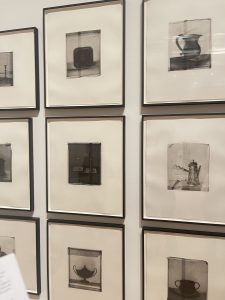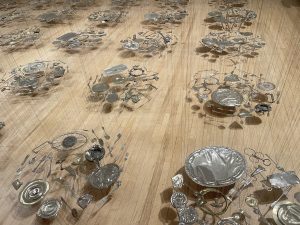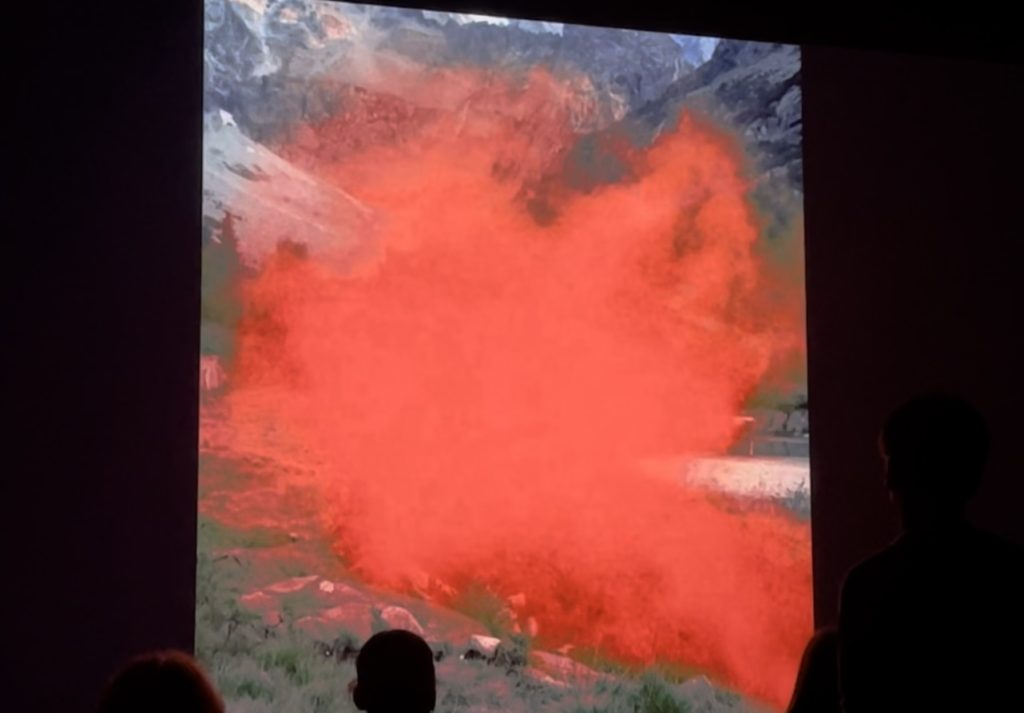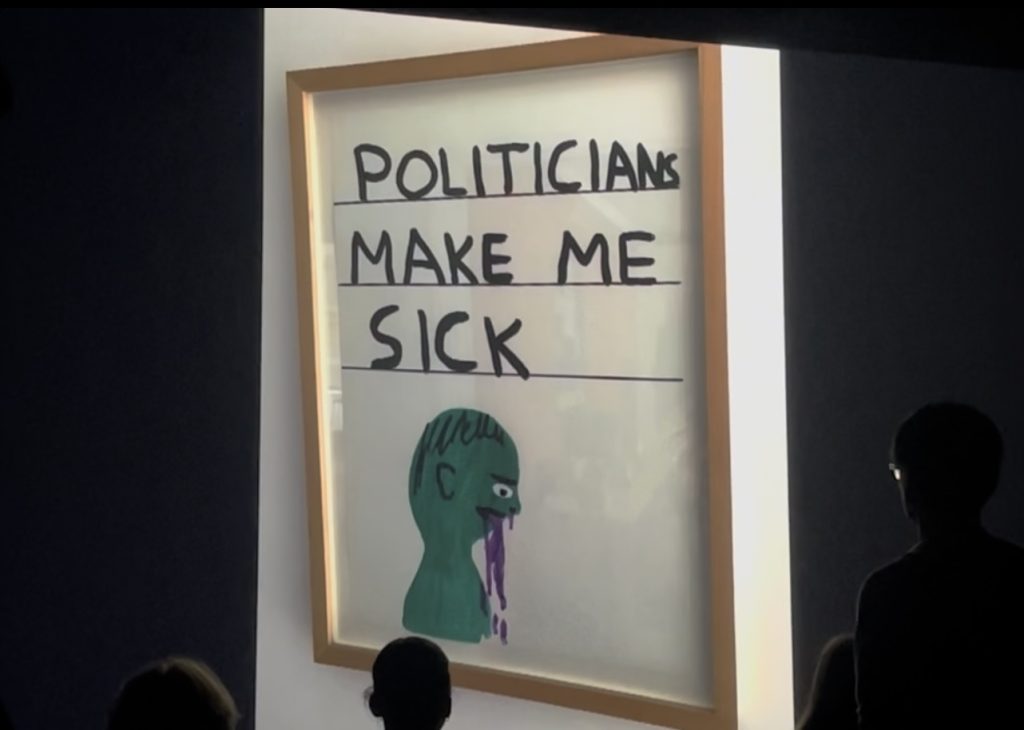Many times Cornelia Parker used the techniques and methods of destruction and explosion to deal with the objects, which is also the main art form of her work. In Cornelia Parker’s variety of special installations, she finds inspiration in history and what has happened, then restores and creates in the present moment, and finds order in disorder, which is actually an ultra-realistic approach, expressing the combination of the story of the occurrence of objects in the past and the state of the present, and her works often have cultural significance and political context.


Thirty pieces of Silverware
For example, in Thirty Pieces of Silverware, Cornelia Parker flattened the resulting silver objects to the same height, stitched them together into a circle, and hung them very close to the ground, most of which were squashed by Cornelia Parker from the market, and they had different cultural backgrounds. I think these old teapots, candlesticks, tableware, etc. represent British politics, and when they are squashed and destroyed, it means that the backward old system is overthrown, and when she reassembles these items, it also means that they have new value and meaning.
As far as I am concerned, the design process should also be the same as the research process of Cornelia Parker, we should not treat design as a simple work, we should add deep content to the design so that ordinary design brings people the space to think. My favorite part is that each room is immersive and is a large experiential space, with a space where each installation can see the complete thinking and collection process of Cornelia Parker.


some images from the movie
What impressed me the most was the sixth installation called Film, I watched a film that consisted almost of photographs and extremely short mobile phone videos about some of the violence, blood, and war. The rapid switching of cameras and colors and noisy sounds made me afraid and anxious as if I had experienced violent conflict and death in an immersive way.